Advertisement
There's a quiet satisfaction in getting a SQL query right. That feeling when a perfectly joined dataset returns the exact result you needed—without errors, without redundancy. It's like a mental high-five. SQL may seem like an old language by tech standards, but it's one of those tools that never goes out of style. It's used everywhere: databases, business analytics, data science, and app development.
And if you’re tired of jumping between Stack Overflow and half-baked tutorials, books can offer a deeper, distraction-free way to learn. Here’s a rundown of ten books that explain SQL clearly, with real-world examples, updated for 2025 use cases. No fluff, no jargon storms.
If your goal is not just to write SQL but to use it to answer real questions, this book is a solid pick. Tanimura's approach is direct—she focuses on writing queries that serve actual business cases. You'll find clean walkthroughs for filtering, grouping, joining, and window functions. It doesn't dwell on theory or database design. Instead, it dives into how SQL helps analysts think through problems. Good for beginners and intermediate users who work with product, finance, or operations data.
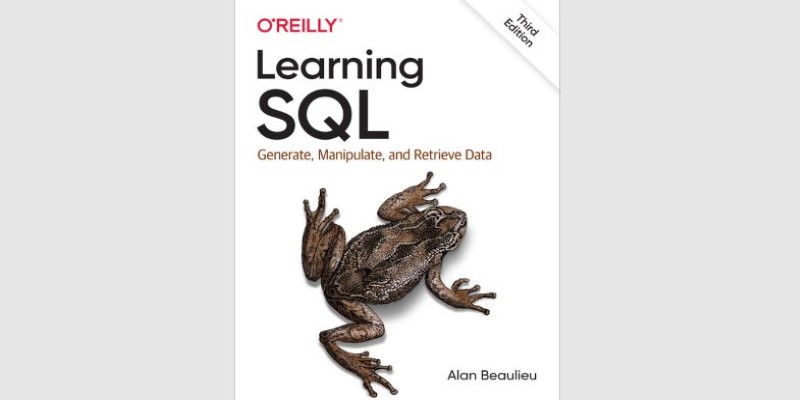
This one’s become something of a rite of passage. Beaulieu breaks down SQL in a clear, slow-burn way that sticks. The newest edition has updated examples and works well with cloud databases like Snowflake and BigQuery. It starts with basic syntax and builds up to more complex topics like subqueries, grouping sets, and transactions. If you’re starting from scratch or coming back to SQL after a break, this book gets you back in shape without drowning you.
Don’t let the title fool you—this isn’t just for speed readers. Forta’s book divides SQL into digestible chunks. Each lesson takes around 10 minutes and focuses on a specific task, like sorting or joining. That structure helps you see how SQL fits together instead of just memorizing syntax. It’s beginner-friendly but not condescending. If you’re someone who learns best by doing a bit every day, this is a solid option.
DeBarros, a data journalist, leans into SQL as a storytelling tool. His examples come from public datasets, including elections, weather, and census data. What sets this book apart is how he blends technical skills with data interpretation. You’ll write queries, clean messy tables, and learn how to communicate findings. While it’s beginner-focused, intermediate users will still pick up new tricks. PostgreSQL is the database used throughout, but the skills carry over to MySQL and others.
Once you know the basics, it’s time to learn what not to do. Karwin's book shows common mistakes—like poor schema design or misusing NULLs—and explains why they lead to problems later. It's the kind of book that makes you pause and re-check your habits. The tone is relaxed, almost like a series of blog posts, but the lessons are deep. Best for people who already write SQL and want to clean up their approach.
This one’s quirky. Diagrams, puzzles, cartoons—it doesn’t read like a traditional programming book. But it works, especially if you find dry tech manuals exhausting. Beighley covers the standard SQL topics, including joins, subqueries, and normalization, but keeps the pacing light. It’s especially good for visual learners or anyone who needs to internalize SQL rather than just skim over commands.
This isn't a how-to guide. It's more like a philosophy book for people who already know SQL and want to think differently about it. Faroult draws parallels between SQL and strategic thinking. He focuses on performance, readability, and long-term maintenance. If you've been writing SQL for a while but want to get smarter about how you write it, this is your upgrade. It's less about code snippets and more about habits and strategy.
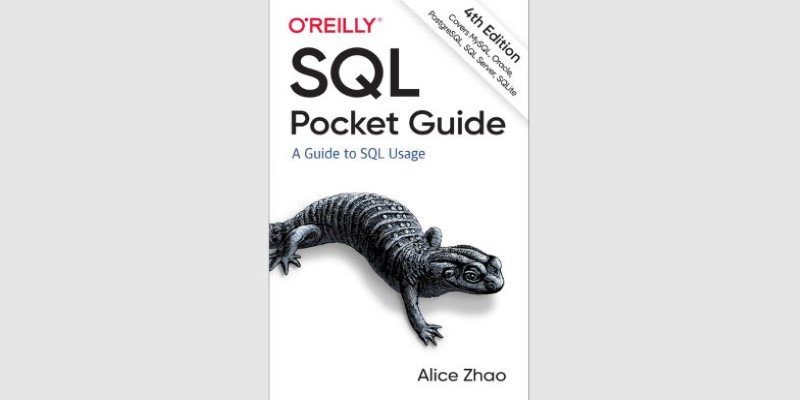
Think of this as your SQL cheat sheet. Zhao's guide is compact but complete. It covers key syntax and provides examples for major databases, including PostgreSQL, MySQL, and SQL Server. It's not meant for learning from scratch, but once you've got the basics down, this is perfect for quick reminders or checking syntax. It's the kind of book you keep at arm's reach while working.
If you're working with Microsoft SQL Server, this is a must. Ben-Gan is known for his clarity, and this book takes a solid walkthrough of Transact-SQL features. He covers joins, subqueries, table expressions, and window functions with clear examples. What stands out is his methodical style—he teaches why something works, not just how to make it run. Ideal for professionals using SQL Server or Azure SQL Database.
When you hit a wall with SQL, this is the book to reach for. It's structured around common problems, such as ranking rows, filtering duplicates, and performing time-based calculations. You'll find multiple solutions for each problem, which helps you compare methods and understand trade-offs. It leans intermediate-to-advanced, so it's best after you're comfortable with SELECT and JOIN basics. Still, it's a time-saver when your brain's tired, but you still need results.
Learning SQL is less about memorizing commands and more about building a mindset for working with data. These ten books offer different ways to get there—some focus on fundamentals, others on performance, and a few on solving real-world problems. Whether you're just starting or refining your skills, there's something here that fits your pace. Books give you room to think and practice without distractions. If you're serious about mastering SQL in 2025, reading with intention will take you further than jumping between random tutorials ever could.
Advertisement

Looking for the best podcasts about generative AI? Here are ten shows that explain the tech, explore real-world uses, and keep you informed—whether you're a beginner or deep in the field
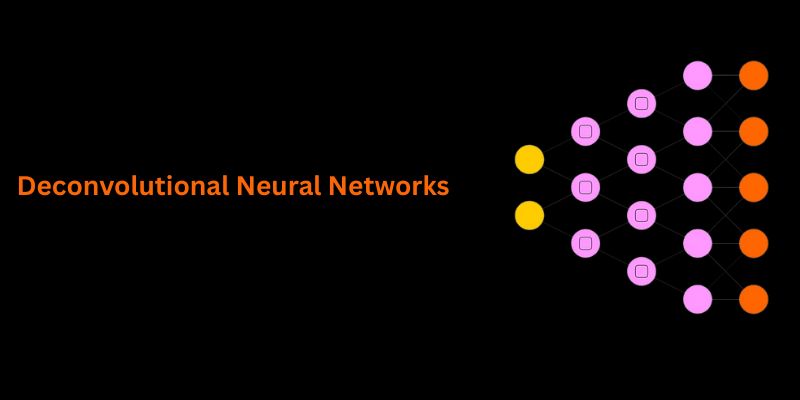
Understand how deconvolutional neural networks work, their roles in AI image processing, and why they matter in deep learning
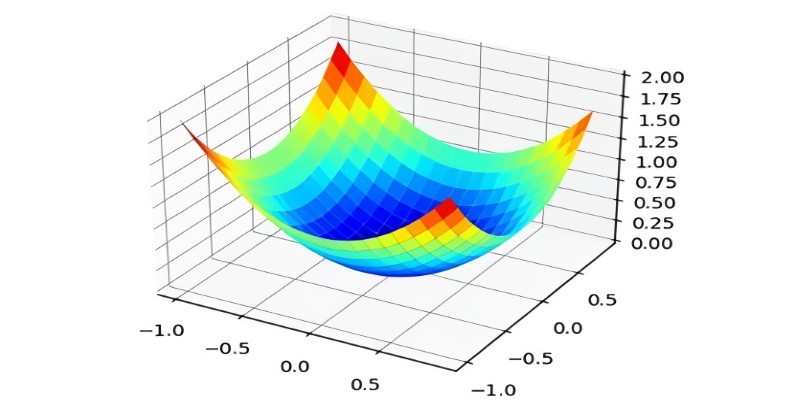
What the Adam optimizer is, how it works, and why it’s the preferred adaptive learning rate optimizer in deep learning. Get a clear breakdown of its mechanics and use cases
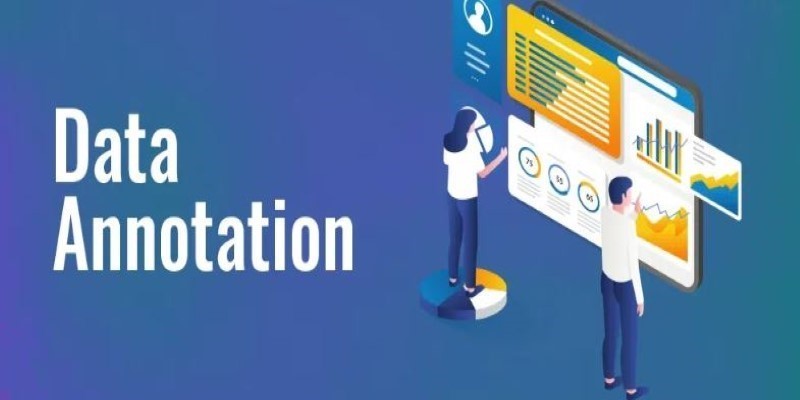
What data annotation is, why it matters in machine learning, and how it works across tools, types, and formats. A clear look at real-world uses and common challenges
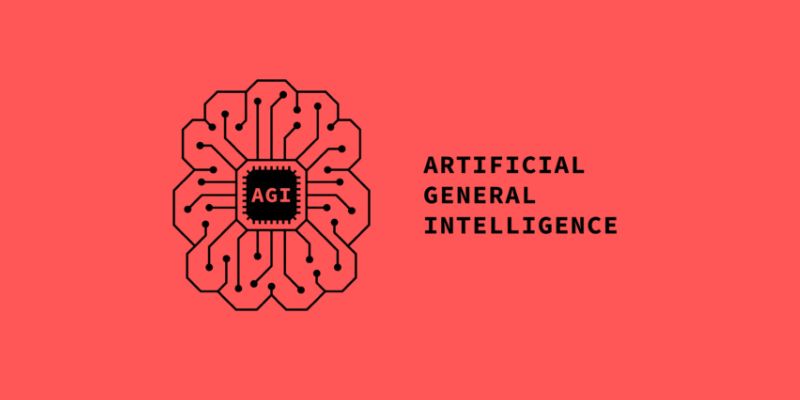
AGI is a hypothetical AI system that can understand complex problems and aims to achieve cognitive abilities like humans

How AI-powered earthquake forecasting is improving response times and enhancing seismic preparedness. Learn how machine learning is transforming earthquake prediction technology across the globe

AI interference lets the machine learning models make conclusions efficiently from the new data they have never seen before
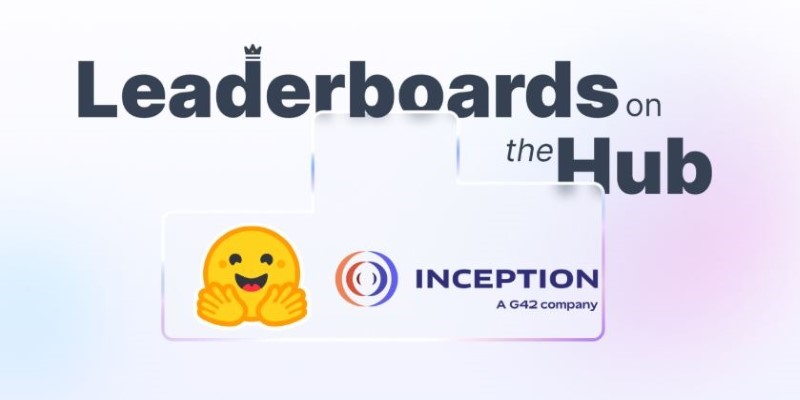
How Arabic leaderboards are reshaping AI development through updated Arabic instruction following models and improvements to AraGen, making AI more accessible for Arabic speakers
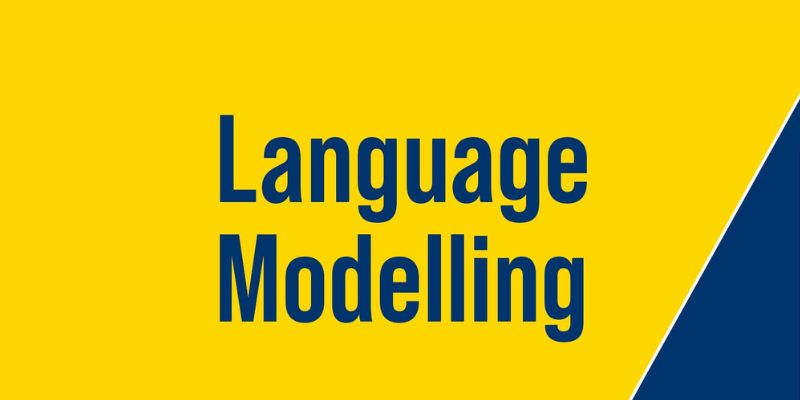
Language modeling helps computers understand and learn human language. It is used in text generation and machine translation

Access to data doesn’t guarantee better decisions—culture does. Here’s why building a strong data culture matters and how organizations can start doing it the right way
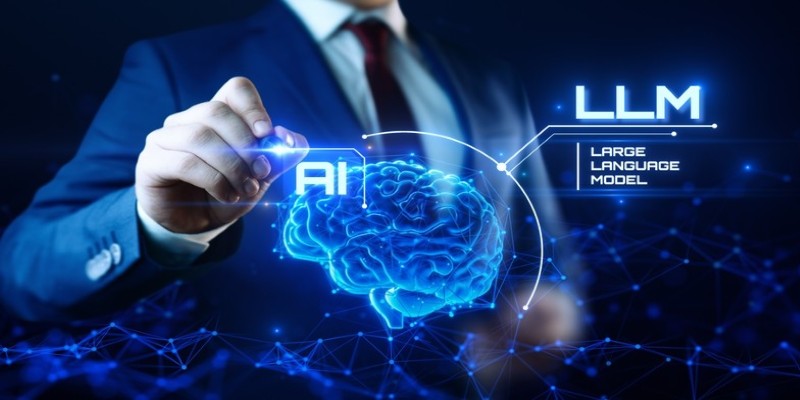
How LLM evaluation is evolving through the 3C3H approach and the AraGen benchmark. Discover why cultural context and deeper reasoning now matter more than ever in assessing AI language models

Explore the Rabbit R1, a groundbreaking AI device that simplifies daily tasks by acting on your behalf. Learn how this AI assistant device changes how we interact with technology